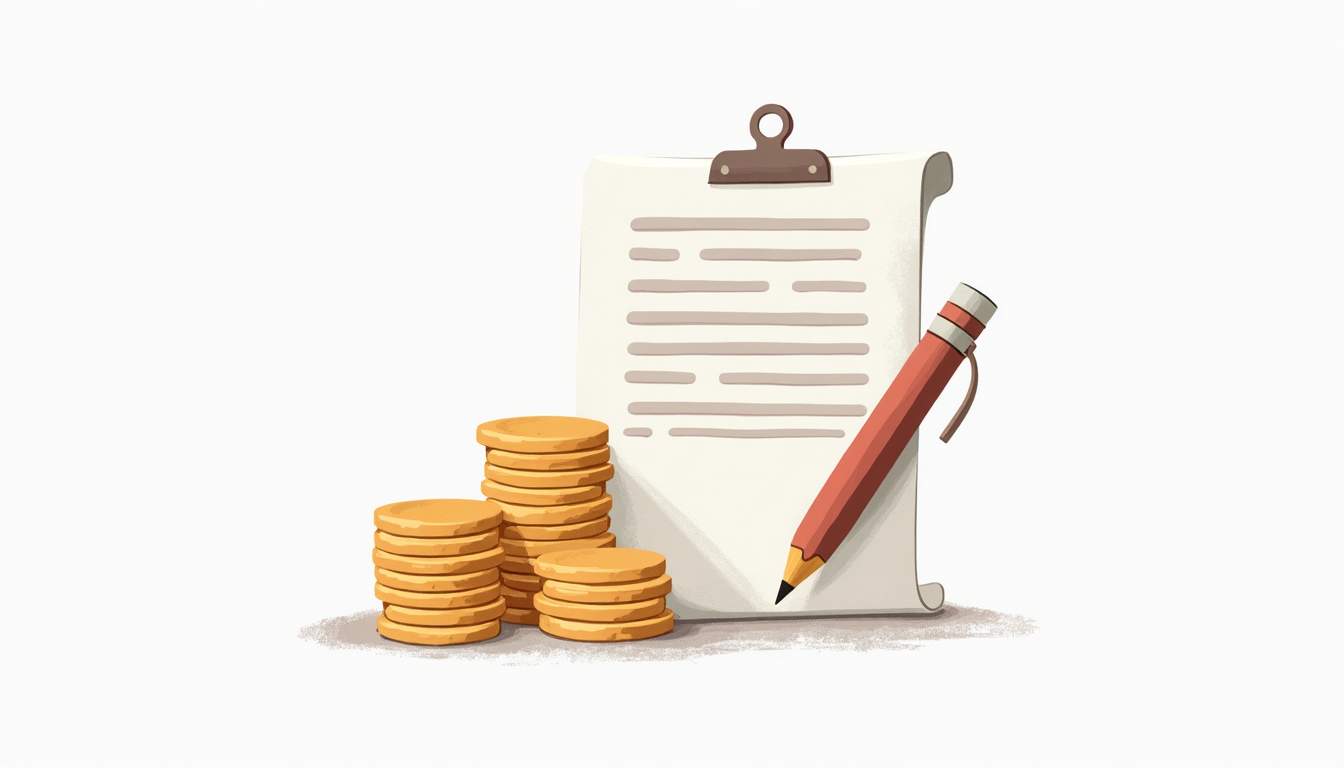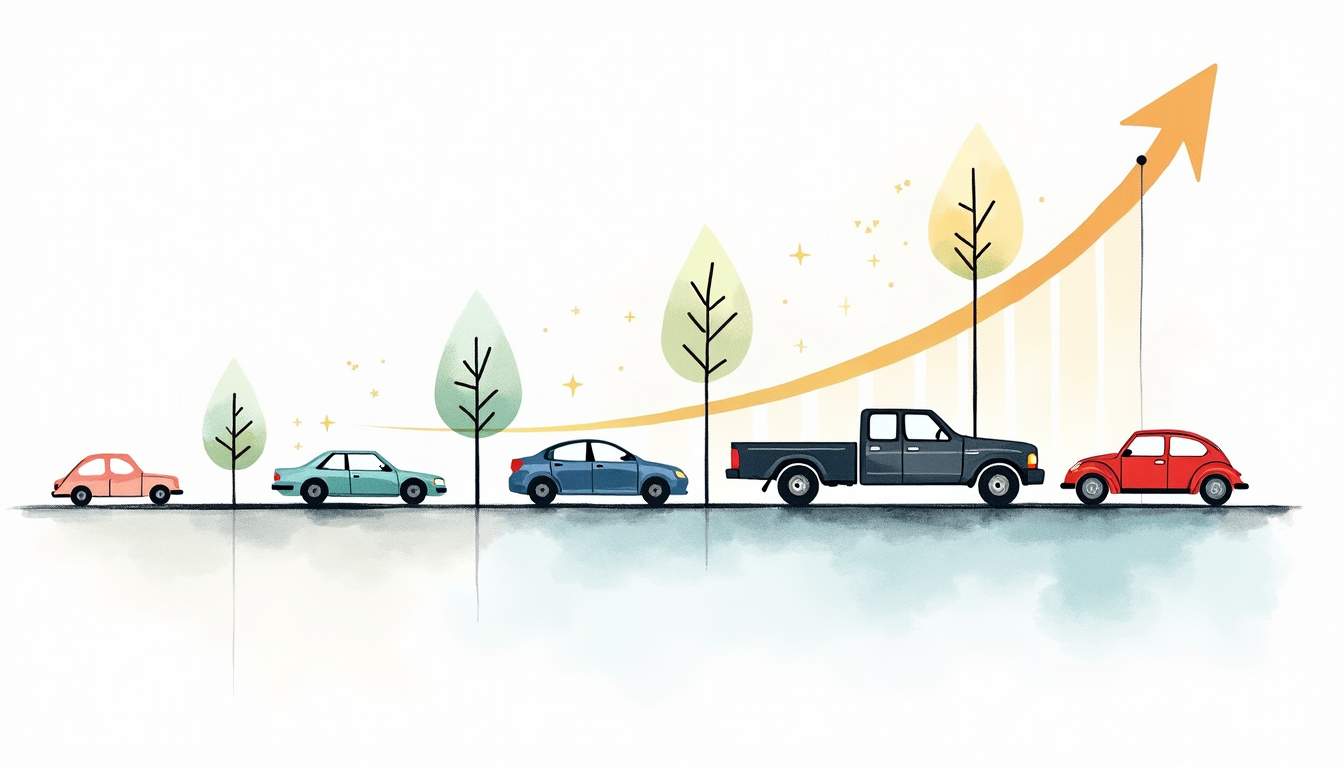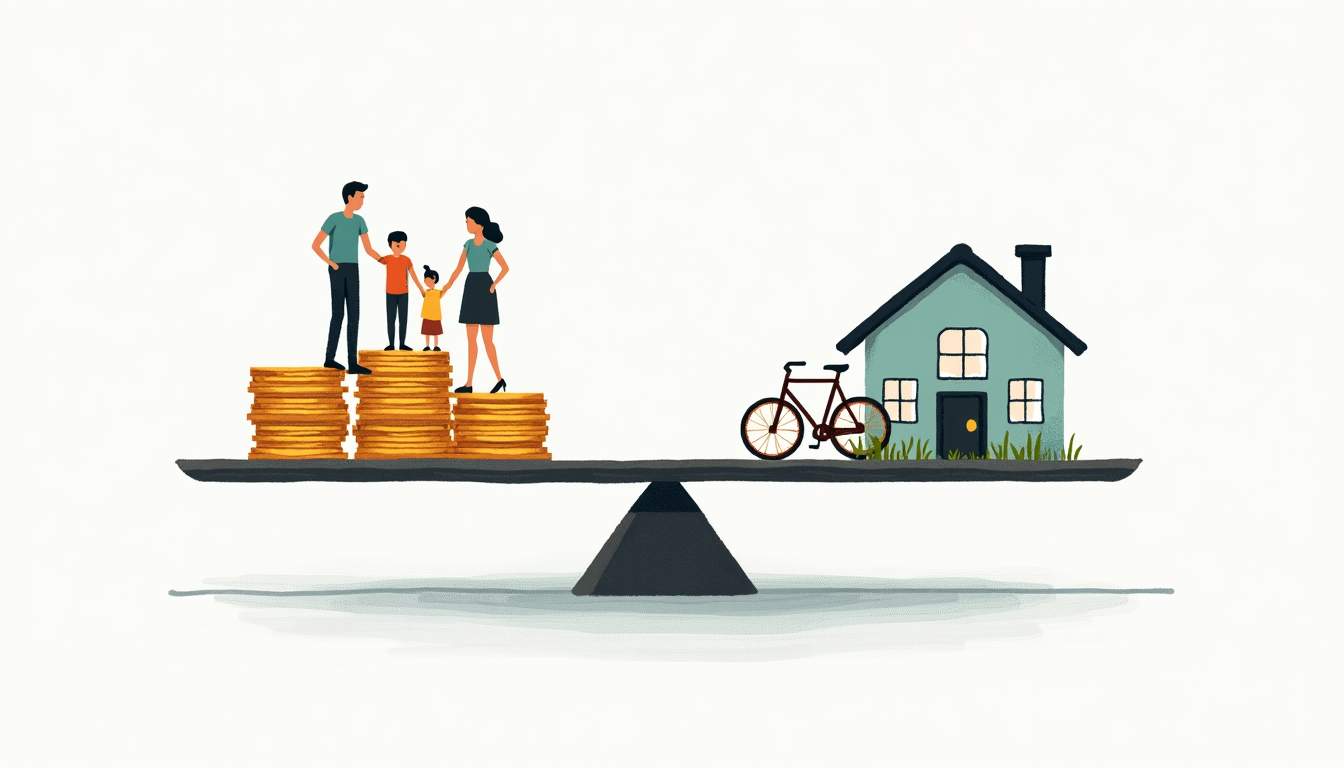When it comes to acquiring a new vehicle, one of the most important decisions you’ll face is whether to finance or lease. Both options offer distinct advantages and disadvantages, and the right choice depends on your financial situation, lifestyle, and long-term goals. Understanding the nuances of financing and leasing can help you make an informed decision that aligns with your needs and budget.
Understanding the Basics: What Is Financing?
Financing a vehicle means taking out a loan to purchase it outright. Essentially, you borrow money from a lender—often a bank, credit union, or dealership—and agree to pay it back over a set period, typically between three to seven years. During this time, you make monthly payments that cover both the principal amount and interest.

Once the loan is fully paid off, the vehicle is yours. You hold the title and have complete ownership, which means you can keep the car as long as you want, sell it, or trade it in at any time. This sense of ownership can be particularly appealing for those who value the freedom to modify their vehicles or use them for various purposes without restrictions imposed by a leasing agreement.
Financing appeals to those who want to build equity in their vehicle and eventually own it free and clear. It’s also a good choice if you plan to keep the car for many years, as monthly payments generally end once the loan term is complete. Additionally, owning a vehicle outright can provide peace of mind, knowing that you won’t have to worry about returning it at the end of a lease term or facing potential excess mileage fees.
Pros of Financing
One of the biggest advantages of financing is ownership. When you finance, you’re investing in an asset that you can use without restrictions. You’re free to customize your vehicle, drive unlimited miles, and keep it as long as you want without worrying about penalties. This flexibility allows you to truly make the vehicle your own, whether that means adding aftermarket accessories, changing the paint color, or even using it for business purposes.
Additionally, financing can be more cost-effective in the long run. While monthly payments are often higher than leasing, they eventually stop after the loan is paid off, eliminating car payments altogether. This can save you money over time compared to leasing, where payments continue as long as you lease vehicles. Furthermore, as you pay down your loan, you’re building equity in an asset that can be sold or traded in for a new vehicle in the future, potentially offsetting the cost of your next purchase. For more information, you can visit Torrance Motors to explore financing options tailored to your needs.
Cons of Financing
On the downside, financing usually requires a larger down payment and higher monthly payments compared to leasing. This can strain your budget, especially if you’re purchasing a new or expensive car. Additionally, the interest rates on auto loans can vary significantly based on your credit score, which means that those with lower credit ratings may end up paying substantially more over the life of the loan.
Moreover, vehicles depreciate quickly, and when you finance, you bear the full brunt of this depreciation. If you decide to sell or trade in your car, its value might be significantly less than what you owe, especially early in the loan term. This situation, often referred to as being “upside down” on a loan, can lead to financial complications if you need to sell the vehicle before the loan is paid off. Additionally, if unexpected repairs arise, you may find yourself in a difficult position, as you are responsible for all maintenance costs once the warranty expires.
Understanding Leasing: How Does It Work?
Leasing a vehicle is more like renting it for a fixed period, usually two to four years. Instead of buying the car, you pay for the depreciation and use of the vehicle during the lease term. At the end of the lease, you return the car to the dealer or have the option to buy it at a predetermined price.
Leasing often requires lower monthly payments and a smaller down payment compared to financing. It’s popular among people who prefer driving new cars every few years without the hassles of ownership.
Pros of Leasing
Leasing offers several attractive benefits. First, the lower monthly payments make it easier to afford a more expensive or better-equipped vehicle. This can be appealing for those who want to enjoy the latest technology, safety features, and styling without a hefty price tag.
Another advantage is flexibility. Since leases typically last a few years, you can switch to a new car regularly, keeping your driving experience fresh and up-to-date. Leasing also often includes warranty coverage for the lease term, reducing unexpected repair costs.
Cons of Leasing
However, leasing isn’t without drawbacks. Mileage limits are a common feature of leases, and exceeding them can lead to costly penalties. This makes leasing less ideal for drivers who cover long distances regularly.
Additionally, you don’t build equity in the vehicle, and you must return it in good condition to avoid wear-and-tear charges. Customizing your car is usually prohibited or discouraged, limiting personalization options.
Finally, if you want to keep the car after the lease ends, you may face a high buyout price, which can sometimes be more expensive than purchasing outright.
Financial Considerations: Comparing Costs Over Time
When deciding between financing and leasing, understanding the financial implications is critical. While leasing may seem cheaper upfront, the long-term costs can add up differently depending on your circumstances.

Monthly Payments and Down Payments
Leasing generally offers lower monthly payments because you’re only paying for the vehicle’s depreciation during the lease term, plus interest and fees. Financing payments are higher as you’re paying off the entire purchase price plus interest.
Down payments also tend to be smaller with leases, sometimes even zero in promotional deals. Financing usually requires a larger down payment to reduce the loan amount and monthly payments.
Total Cost of Ownership
Over the long haul, financing can be more economical if you keep the car for many years after the loan is paid off. After the loan term, you own the vehicle outright and can drive it without monthly payments, only covering maintenance and insurance.
Leasing, however, means continuous payments if you keep leasing new vehicles. While you avoid the hassle of selling a used car, the ongoing payments may add up to more than financing in the long term.
Depreciation and Resale Value
With financing, depreciation affects your vehicle’s resale value. If you sell or trade in your car, the amount you get depends on the market value, which can be less than what you owe early on. This is known as being “upside down” on your loan.
Leasing shifts the depreciation risk to the leasing company. You don’t have to worry about the vehicle’s future value, as you return it at lease-end. However, excessive wear or mileage can lead to additional fees.
Lifestyle Factors: Which Option Fits Your Life?
Beyond finances, your lifestyle and driving habits play a big role in choosing between financing and leasing.

How Much Do You Drive?
If you have a long commute or enjoy road trips, financing might be better since leases come with mileage limits, typically between 10,000 to 15,000 miles per year. Exceeding these limits can result in expensive penalties.
On the other hand, if you drive relatively few miles annually, leasing can be a cost-effective way to enjoy a new car without worrying about depreciation.
Do You Like New Cars Often?
Leasing is ideal for those who want to drive a new model every few years. It allows you to upgrade regularly without the hassle of selling a used car.
If you prefer to keep your vehicle for a long time, financing is more suitable, as you can maximize the value of your purchase over many years.
Maintenance and Repairs
New cars under lease are often covered by manufacturer warranties for the lease duration, meaning fewer out-of-pocket expenses for repairs. Financing a car means you’re responsible for maintenance and repairs once the warranty expires.
Consider your willingness and ability to handle maintenance costs when deciding between the two options.
Other Important Considerations
Credit Score Impact
Your credit score affects both financing and leasing options. Generally, leasing companies have stricter credit requirements because they want to minimize risk. If your credit score is lower, financing might be easier to qualify for, though interest rates could be higher.
End-of-Term Options
At the end of a lease, you typically have three choices: return the vehicle, buy it at a residual price, or lease a new car. Financing ends once the loan is paid off, and you own the vehicle outright.
Think about what you want to do after your current term ends to help guide your decision.
Tax Implications
In some regions, leasing payments may offer tax advantages, especially for business owners or those using the vehicle for work. Financing may allow you to claim depreciation deductions if the vehicle is used for business purposes.
Consult a tax professional to understand how these factors apply to your situation.
How to Decide: Key Questions to Ask Yourself
Choosing between financing and leasing boils down to your personal preferences and financial goals. Here are some questions to guide your decision:
- How long do you plan to keep the vehicle?
- How many miles do you drive annually?
- Do you want to own your car eventually?
- Are you comfortable with higher monthly payments for ownership?
- Do you prefer driving a new car every few years?
- How important is customizing your vehicle?
- What is your current credit score and financial situation?
Conclusion
Both financing and leasing have their place depending on your unique needs and circumstances. Financing offers ownership, long-term savings, and freedom from mileage limits, but requires higher monthly payments and upfront costs. Leasing provides lower payments, the chance to drive new cars frequently, and less worry about depreciation, but comes with mileage restrictions and no equity buildup.
Carefully evaluate your driving habits, financial situation, and personal preferences before making a decision. Remember, the best choice is the one that fits your lifestyle and helps you enjoy your vehicle without unnecessary stress or financial strain.
Whether you decide to finance or lease, being informed and thoughtful about your choice will ensure you get the most value and satisfaction from your next vehicle.